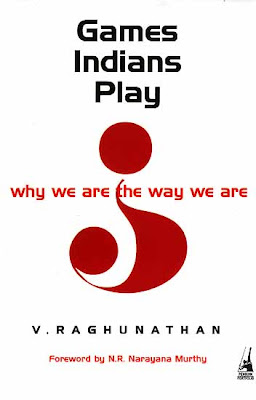Multi-lingual education in Singapore
 I am currently in Singapore on an official visit and explored this country to certain extent. Even though English is spoken everywhere, they have given the much needed importance to three major local languages: Mandarin, Malay and Tamil. They have kept these official languages in best interest of all major sectors of the population. This is very well reflected in their education system. In their Primary School Leaving Examination (PLSS) they must choose their mother tongue along with English. Following is an excerpt from Wikipedia:
I am currently in Singapore on an official visit and explored this country to certain extent. Even though English is spoken everywhere, they have given the much needed importance to three major local languages: Mandarin, Malay and Tamil. They have kept these official languages in best interest of all major sectors of the population. This is very well reflected in their education system. In their Primary School Leaving Examination (PLSS) they must choose their mother tongue along with English. Following is an excerpt from Wikipedia:In order to test the students' grasp of the language subjects, such as the English or mother tongue languages at the end of primary school, there are several separate examinations. As the student is usually required to take mother tongue and the English language, (with exceptions of exemption or additional languages), the average student repeats the following procedures twice. With each mother tongue subject there are two levels of examination, the standard and the higher mother tongue subject, which often depends on what age the language, was first introduced to the pupil. Whether a higher mother tongue subject is taken determines whether a student is in the EM1 (higher) stream or the EM2 stream (standard).
The format tends to vary by language, but each language examination usually has an oral examination, testing the students' proficiency to speak the language, a listening comprehension examination, testing the students' ability to comprehend spoken messages in daily situations, an examination to test composition and the student's proficiency in writing in various scenarios, and finally an examination testing written use of the language.
This is a classic example for giving importance to vernacular language along with English. Also this is in shark contrast with India, where any student can get away by not knowing to read or write their mother tongue. In my blog titled ‘education in local languages’, I stressed upon this point and Singapore is a standing example where the diversity is taken as an advantage. Apart from learning the language in schools, it is also widely used and practiced. In all public places and notice boards all four languages are used. I had been to an Indian restaurant, primarily run by Tamilians and I was so surprised to see Tamil in the bills.
Why am I stressing on this point? Why should we learn any of the ancient Indian language? What is the importance of that in today’s globalized world? The answer is very simple: identity and belongingness. Learning local language creates an identity for a person and makes them understand our ancient past. When it is not there, people tend to ape the other cultures without even making an attempt to learn what India is all about. This creates a basic disconnect with the roots of the system and finally makes them not to understand the fundamental problems like poverty, caste system and illiteracy.
We should learn from countries like Singapore and accept the fact that Indians should learn their mother tongue. This might seem very simple but it goes long way in empathetically creating a diversified society, where India’s core strength lies.

Comments
i'm not sure whether the tamilians are giving importance to there language..?
Then we can find the route to ancient Indian language...
Am i right... :)